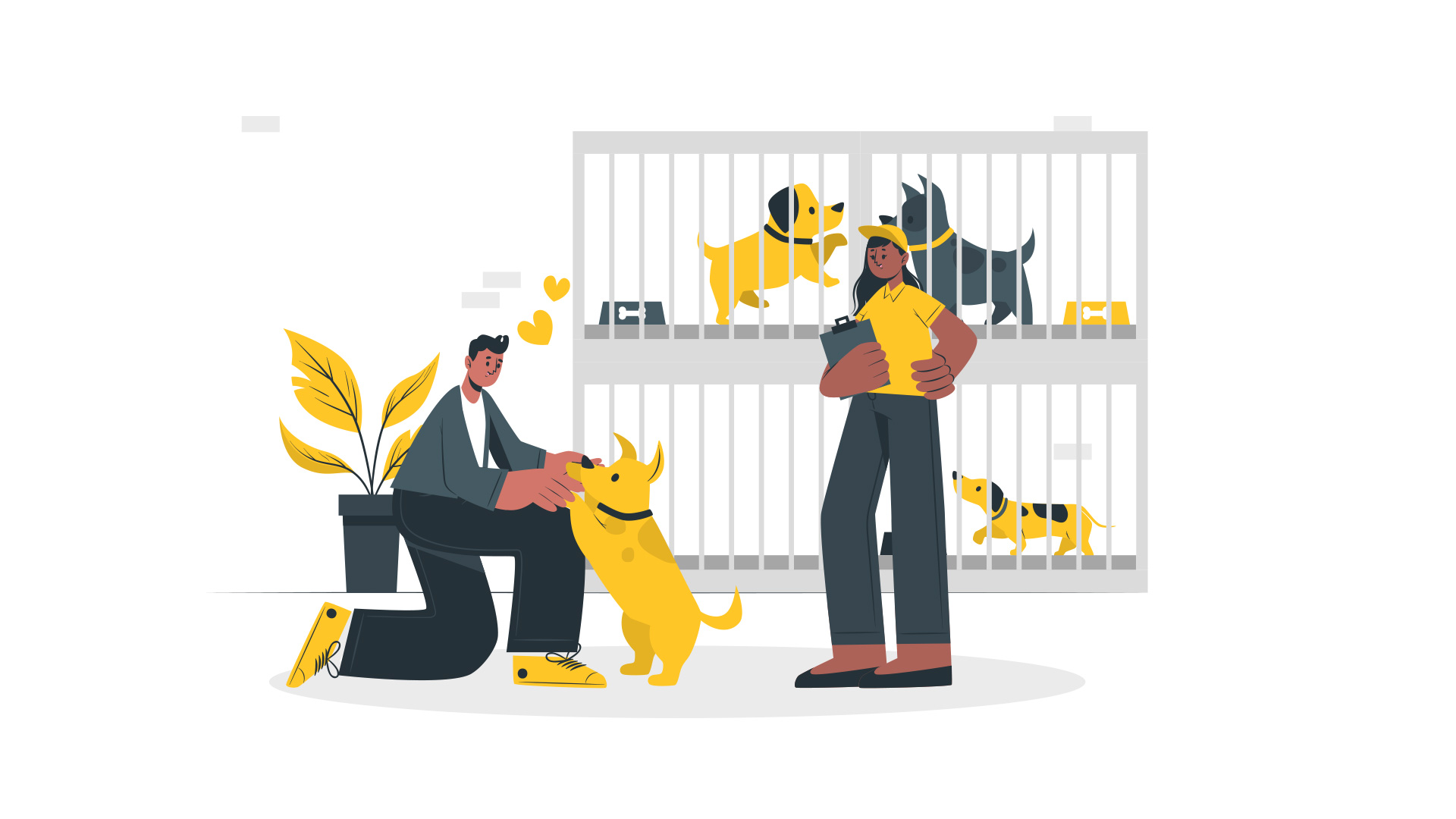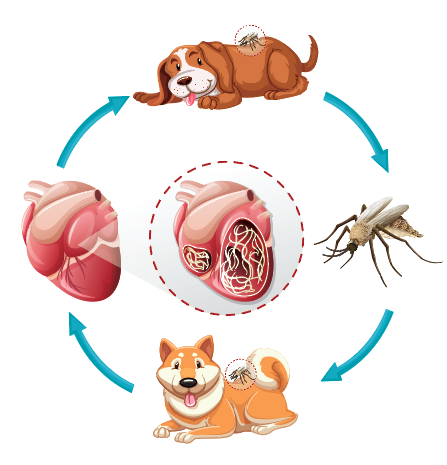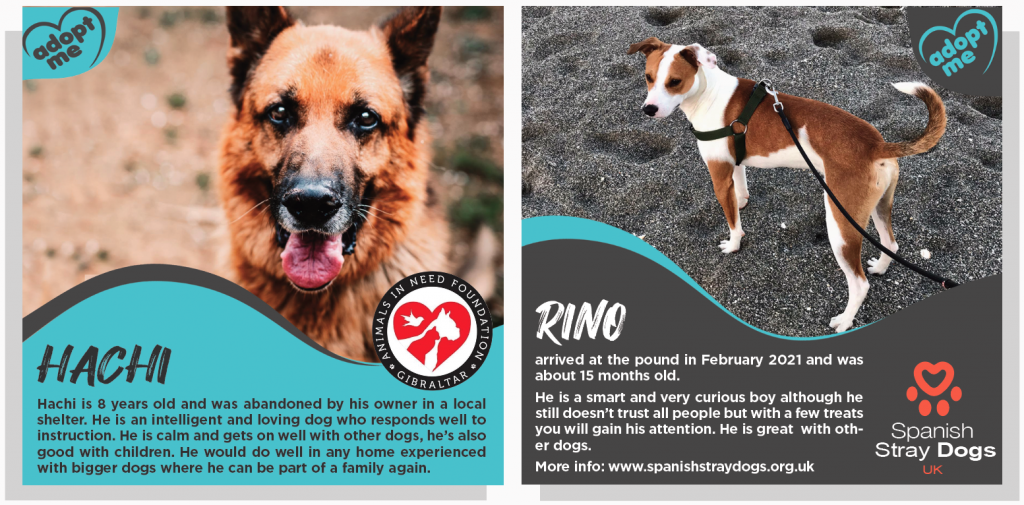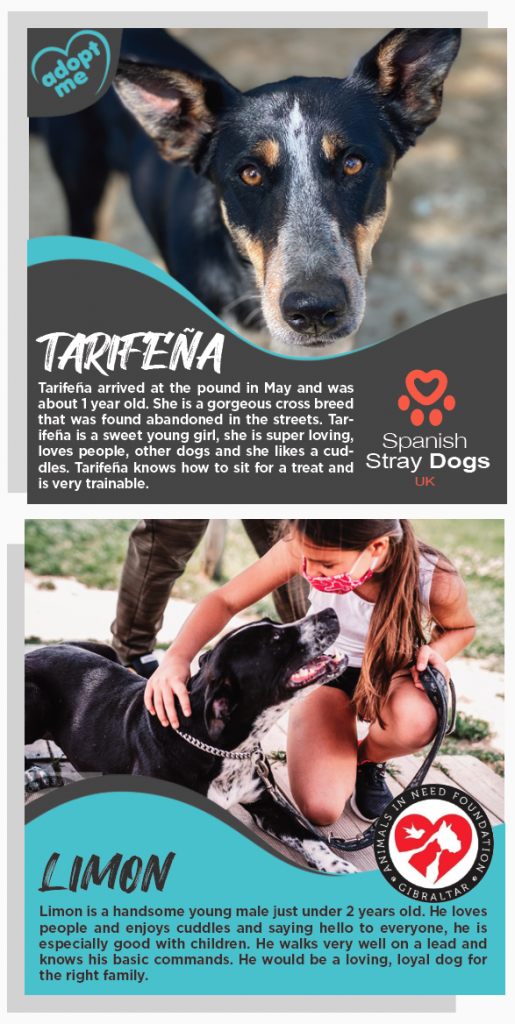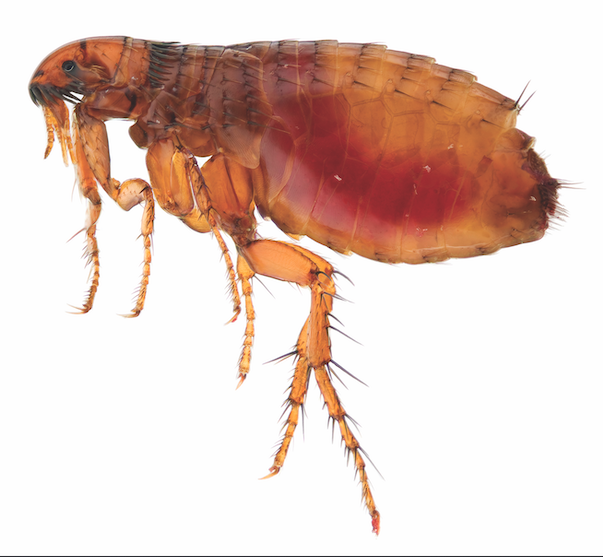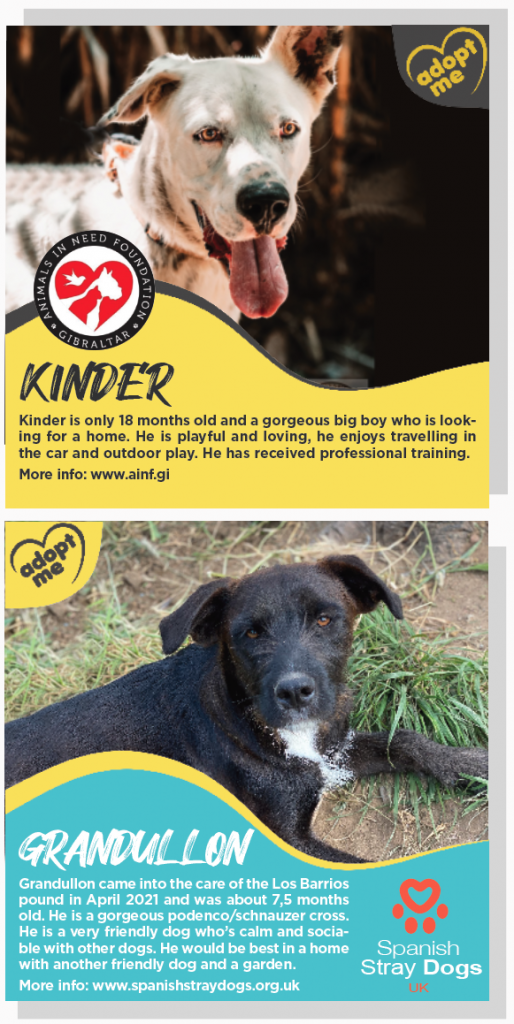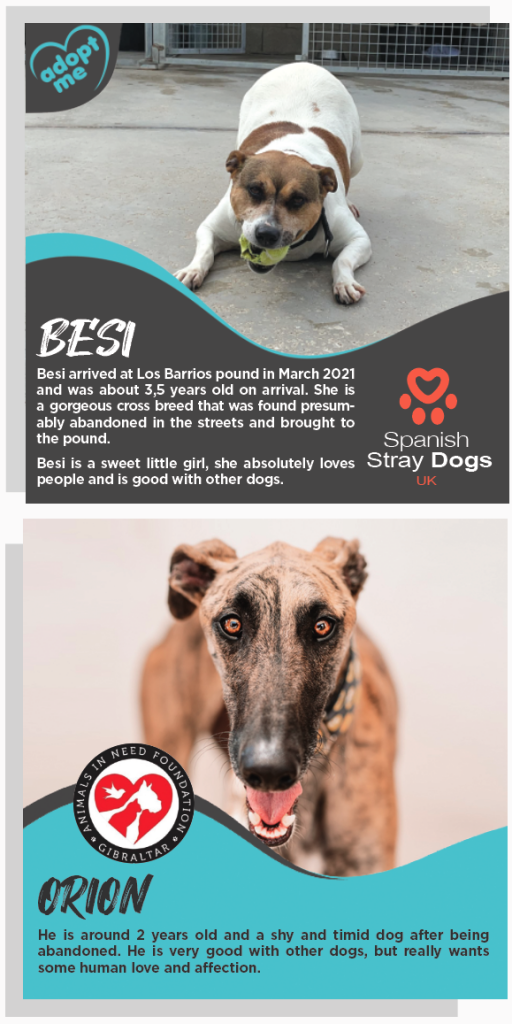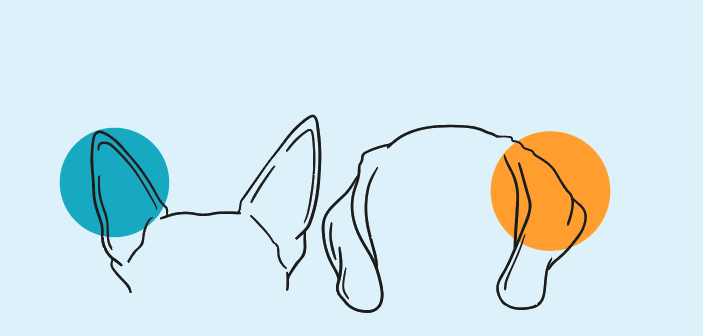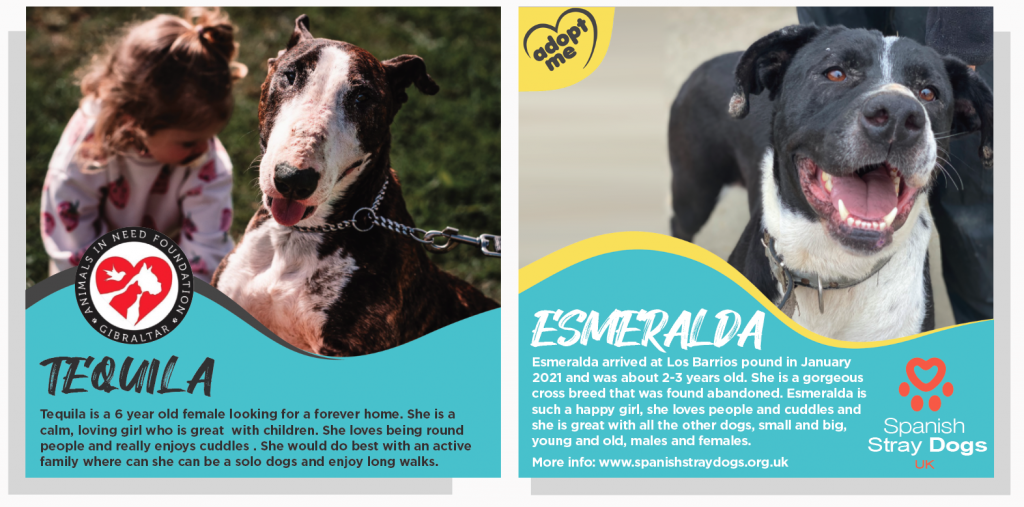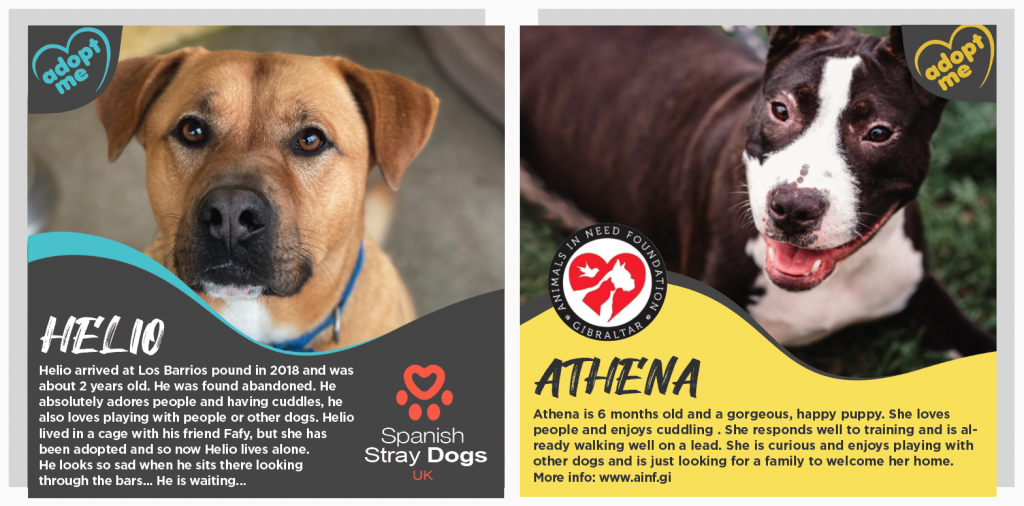Brachycephalic Syndrome
As a direct result of this increase in these breeds we are seeing a rise in cases of animals suffering from Brachycephalic Syndrome. What effectively this means is that there is an airway obstruction in these pets that results in these animals having to make more of an inspiratory effort when they breathe.
This is a medical condition that affects short snouted dogs and cats. Brachycephalic breeds are particularly common nowadays with a massive increase in numbers of French bulldogs, pugs and Staffordshire bull terriers.
There are four main anatomical deformities that cause this constriction:
• Stenotic nares
• Elongated soft palate
• Everted laryngeal saccules
• Narrow(hypoplastic) trachea
• Stenotic nares
This problem is visually obvious and can be seen in a normal consult. Looking at the nose the nasal folds are collapsed inwards, as a direct result of this the animals have a constricted airway, it would be like trying to breathe through your nose whilst pinching your nostrils.
Elongated Soft Palate
At the back of the mouth on the dorsal aspect behind the hard palate lies the soft palate, a tissue that acts like a valve preventing food going up the back of the nasal cavity. In these problematic breeds there is often a problem where the soft palate is too long and fleshy and this results in a restriction of air flow through the pharyngeal area.
Everted laryngeal saccules
At the entrance to the trachea in the larynx there are laryngeal saccules. Due to negative inspiratory pressure in animals suffering with stenotic nares and the elongated soft palates this often results in eversion of the saccules , this in turn further compounds the narrow airway. This element of the condition can be prevented in many cases if surgical correction of the nares and palate are tackled early.
Narrow hypoplatic tracheas.
This is pretty much self explanatory and there is nothing much that can be done with these cases. These animals will also always have a respiratory problem.
Consequences of these issues be catastrophic for the animal. The increased respiratory effort over a long period of time has knock on effects on the cardiovascular system, and long term will cause heart failure and chronic respiratory problems.
Signs/ Synptoms to look out for:
• Loud inspiratory noise
• Mouth breathing
• Very little exercise tolerance/collapse
• Narrow nares
• Sleep apnoea
• Snoring
• Regurgitation /choking/vomiting
• Cyanosis(blue tongue)
Treatment
With advances in veterinary medicine and equipment surgery of the nares and the elongated soft palate can be done with very little risk to the pet. It is very important that this is done early when the dogs are still young as this will mitigate long term damage to the cardiovascular and respiratory systems. THIS IS NOT A CONDITION TO IGNORE UNTIL ANIMAL GETS OLDER. Surgery is not 100% curative due to the major anatomical problems but they will alleviate symptoms and will extend the life of your pet.
At the Gibraltar Veterinary Clinic we have invested heavily on a laser machine to undertake laser surgery , this means that soft palate surgery is as safe as spaying your pet, this is practically no bleeding and there is very little damage to the surrounding tissue. Therefore there is hardly any post operative swelling; this was often the problem with the older more primitive techniques.
In summary Brachycephalic Syndrome is a common ailment of brachycephalic breeds that if left will substantially decrease the lifespan of your pet. If you feel your pet is suffering from the above please phone the clinic on 20077334 and make an appointment to discuss your case, don’t ignore it, surgical correction could extend your life’s pets.





